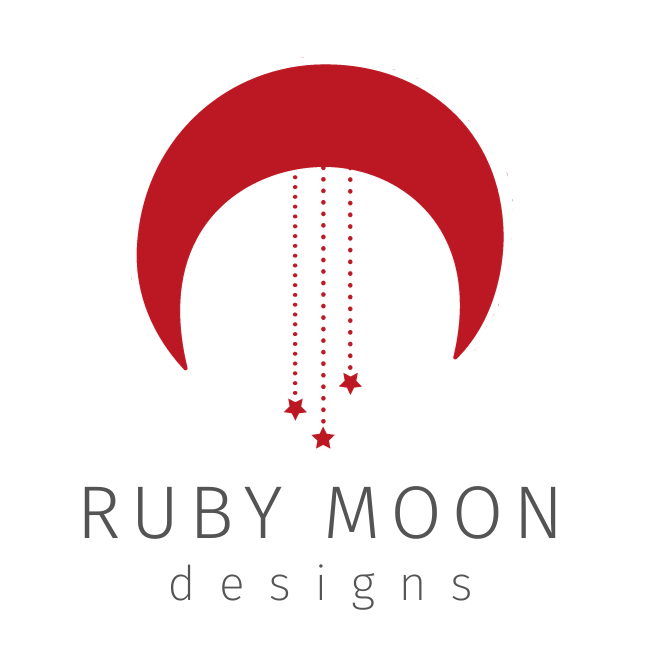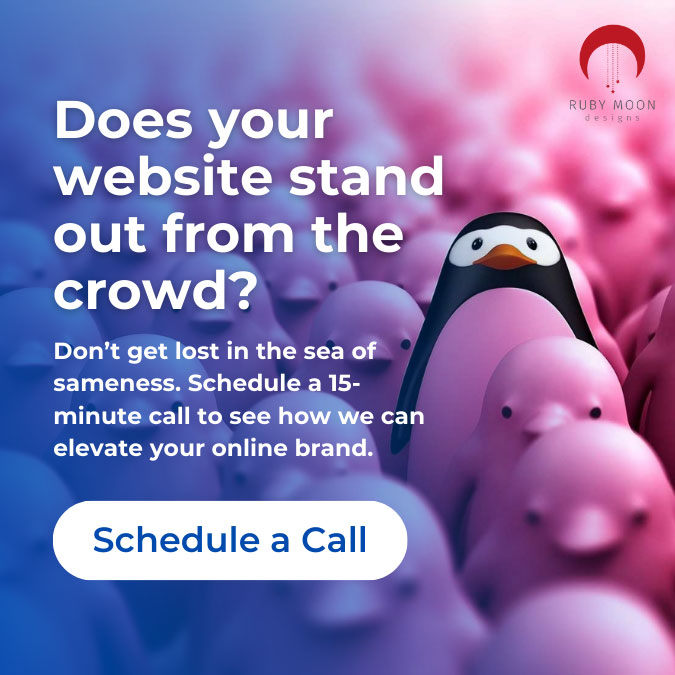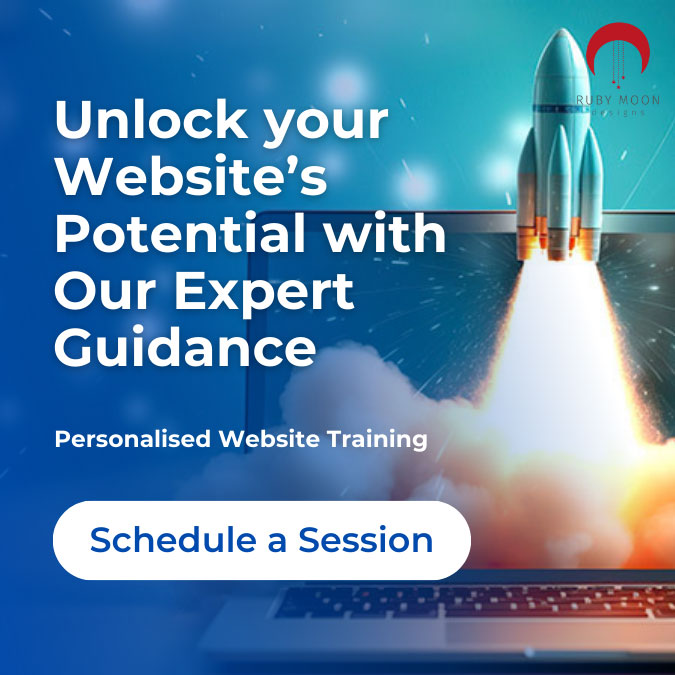There are several elements that go into creating a great website:
- Design: The presentation layer should be modern, clean and inviting.
- Content: Great content guides users through your site so they don’t have to guess.
- Usability and Accessibility: Your site should be accessible on computers, smartphones and tablets with little to no differences.
- Search Engine Optimization (SEO): Search engines and people should be able to find your site.
Why Do I need a Website?
Do you have a website? Is it working for you? A recent report by B2B firm Clutch states that in 2016 only 45% of small businesses had a website 1. You could be losing business and clients if you don’t have a website.
Nearly 1/3 of businesses from the Clutch report stated they didn’t feel having a website was relevant to their business or industry. Your website is a way to advertise your company and products and services online. No matter what type of business you have, you need to have a website. Your website advertises value to your potential clients by showing off your past work, products or services, and allows you to highlight the benefits and features of working with you.
Having a website will keep you in touch with your customers and clients. With the aid of your site, they can connect with you 24 hours a day, 7 days a week, 365 days a year. This is good for business no matter what industry you’re in.
Your website also helps expand your reach. Include your website address on business cards, letterhead and other printed materials to guide additional potential customers to your website.
Elements of a Stellar Website: Design
Simply having a website may not be enough! You have approximately two seconds to make a great first impression with your website. A stellar website is one that attracts and converts visitors to customers. It’s time to ask yourself a few questions about your website:
- Where do your eyes go first?
- Are you “hooking” your visitors in with a benefit of using your services?
- Does your site immediately offer your value to your audience?
- Is your message clear?
- Is your copywriting style clear?
- What does your website look like? Is your design clean, uncluttered, modern and responsive (mobile-friendly)?
- Does your website design follow standard design conventions?
Common design practices help your user to move through your site. A logo prominently displayed in the top left corner, navigation across the top, and standard contact information available in the header, footer or elsewhere help your user find relevant content and give him or her confidence that you know what you’re doing.
Colors, font sizes and white space all play a role in how a user feels when he or she visits your website. Keep the colors to three or less, utilize font sizes at 16 points or larger, and use white space and content to guide your visitors through your website.
Have a clear call-to-action: Content
The call-to-action, or CTA, is probably the second most important element on your website. The CTA is how we lead visitors to connect with us. It can lead the user to sign up for your newsletter, or learn more about your products or services. You should have a primary CTA that carries through your website and allows visitors to connect with you.
The CTA should be your main goal, but it should speak to the benefits and features of working with you. The CTA should offer some value to the visitor if you are asking him or her to sign up for your newsletter.
Keep it Simple Stupid: Usability and Accessibility
Your website also needs to be usable. Does your website load on smartphones and laptops with little change in the design? Is the font size large enough for users of all ages to access your content? Are the links large enough for a “fat finger” to tap on a small device? Your website should be accessible and usable for the human visitors but also for the robots that come to crawl your sites content for indexing in search engines.
Content for Humans
Google actually recommends creating your page content primarily for human users, and not for the search engines. Ensure your website has links to other pages within your site and each page accurately and concisely describes the content located on each page using appropriate and relevant keywords.
Website content should be short! Attention spans on the internet are vastly different than attention spans for other printed mediums. Keep your paragraphs concise and don’t be afraid to write a single-sentence “paragraph.”
Search Engine Optimization (SEO)
Search engine optimization or SEO is a process that drives “free” or “organic” traffic and search results on search engines such as Google, Yahoo! / Bing. SEO is the work that goes into showing the search engines that you are the absolute best answer to search queries related to your products or services.
There are over 100 billion Google searches each month. 96% of all these clicks are organic, and the top 3 organic search results receive 61% of the clicks!
How do you get these clicks? SEO is not a service that can product dramatic results in a few days or even a few months. Complex algorithms determine how search engines find, index and present your site in search results pages, and there are a few basic strategies to help you achieve SEO success over the course of 6-12 months.
Indexability: Are your pages viewable and semantically coded so they can be indexed by the search engines? Are there any elements that are disallowing the search engines from understanding the content? Perform a complete site and SEO audit to determine if your current efforts are working.
Relevance: Does the information, content and images on your website accurately describe your services? Is your content crawl-able and organized with proper headings in chronological order? Are your keywords relevant to your services and to your audience?
Authority: Does your website have links back to your site from other websites? Website links are essential to referring unique traffic to your site. Links show that others are talking about your products or services. Guest blogging is a fantastic way to get unique backlinks to your site.
User Experience: Is your message immediately clear? Are your images complementary to your message? Once someone is on your website, they should encounter a call-to-action that guides them your contact information, your newsletter, or some other action.
This is just a small sample of what goes into creating a stellar website. Sublime Creations proudly integrates all of these elements into each custom WordPress website we build.
Do you need a website or SEO / Keyword Audit? Contact Sublime Creations today to request your free Accessibility and Usability report or to schedule a 30-minute consultation to discuss how Sublime Creations will make the web work for you.
Source:
(1) https://www.entrepreneur.com/article/271068




